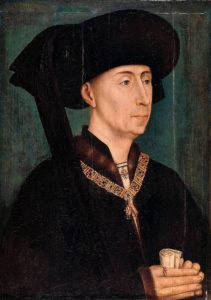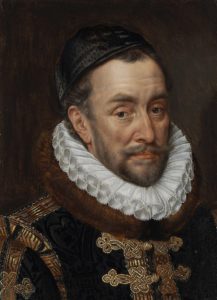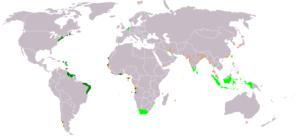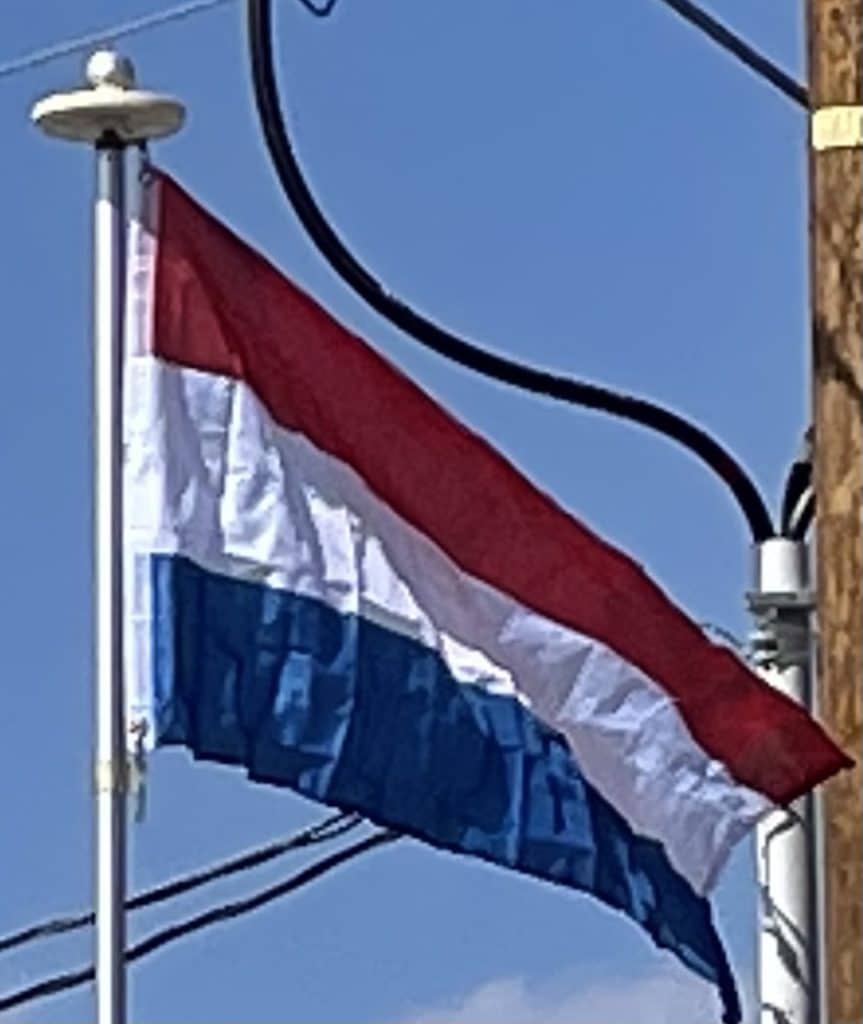
Around 1100 AD, farmers from Flanders and Utrecht began draining and cultivating uninhabited swampy land in the western Netherlands, making the emergence of the County of Holland as the center of power possible. The title of Count of Holland was fought over in the Hook and Cod Wars between 1350 and 1490. The Cod faction consisted of the more progressive cities, while the Hook faction consisted of the conservative noblemen. These noblemen invited the Duke Philip the Good of Burgundy — who was also Count of Flanders — to conquer Holland.
Burgundian, Habsburg and Spanish Habsburg Netherlands (1384–1581):
Most of the Imperial and French fiefs in what is now the Netherlands and Belgium were united in a personal union by Philip the Good, Duke of Burgundy in 1433. The House of Valois-Burgundy and their Habsburg heirs would rule the Low Countries in the period from 1384 to 1581. Before the Burgundian union, the Dutch identified themselves by the town they lived in or their local duchy or county. The Burgundian period is when the road to nationhood began. The new rulers defended Dutch trading interests, which then developed rapidly. The fleets of the County of Holland defeated the fleets of the Hanseatic League several times. Amsterdam grew and in the 15th century became the primary trading port in Europe for grain from the Baltic region. Amsterdam distributed grain to the major cities of Belgium, Northern France and England. This trade was vital because Holland could no longer produce enough grain to feed itself. Land drainage had caused the peat of the former wetlands to reduce to a level that was too low for drainage to be maintained.

Under Habsburg Charles V, ruler of the Holy Roman Empire and King of Spain, all fiefs in the current Netherlands region were united into the Seventeen Provinces, which also included most of present-day Belgium, Luxembourg, and some adjacent land in what is now France and Germany. In 1568, under Phillip II, the Eighty Years’ War between the Provinces and their Spanish ruler began.
The Spanish fought bitterly to hold on to control of the Netherlands, committing atrocities in the process. The struggle raged until 1648, when Spain under King Philip IV finally recognized the independence of the seven north-western provinces in the Peace of Münster. Parts of the southern provinces became de facto colonies of the new republican-mercantile empire.
Dutch Republic (1581–1795):
After declaring their independence, the provinces of Holland, Zeeland, Groningen, Friesland, Utrecht, Overijssel, and Gelderland formed a confederation. All these duchies, lordships and counties were autonomous and had their own government, the States-Provincial. The States General, the confederal government, were seated in The Hague and consisted of representatives from each of the seven provinces.

In the Dutch Golden Age, spanning much of the 17th century, the Dutch Empire grew to become one of the major seafaring and economic powers, alongside Portugal, Spain, France and England. Science, military, and art (especially painting) were among the most acclaimed in the world. By 1650, the Dutch owned 16,000 merchant ships. The Dutch East India Company and the Dutch West India Company established colonies and trading posts all over the world, including ruling the northern parts of Taiwan between 1624–1662 and 1664–1667. The Dutch settlement in North America began with the founding of New Amsterdam on the southern part of Manhattan in 1614. In South Africa, the Dutch settled the Cape Colony in 1652. Dutch colonies in South America were established along the many rivers in the fertile Guyana plains, among them Colony of Surinam (now Suriname). In Asia, the Dutch established the Dutch East Indies (now Indonesia), and the only western trading post in Japan, Dejima.
Batavian Republic and Kingdom (1795–1890):
With the armed support of revolutionary France, Dutch republicans proclaimed the Batavian Republic, modelled after the French Republic and rendering the Netherlands a unitary state on 19 January 1795. The stadtholder William V of Orange had fled to England. But from 1806 to 1810, the Kingdom of Holland was set up by Napoleon Bonaparte as a puppet kingdom governed by his brother Louis Bonaparte to control the Netherlands more effectively. However, King Louis Bonaparte tried to serve Dutch interests instead of his brother’s, and he was forced to abdicate on 1 July 1810. The Emperor sent in an army and the Netherlands became part of the French Empire until the autumn of 1813 when Napoleon was defeated in the Battle of Leipzig.
